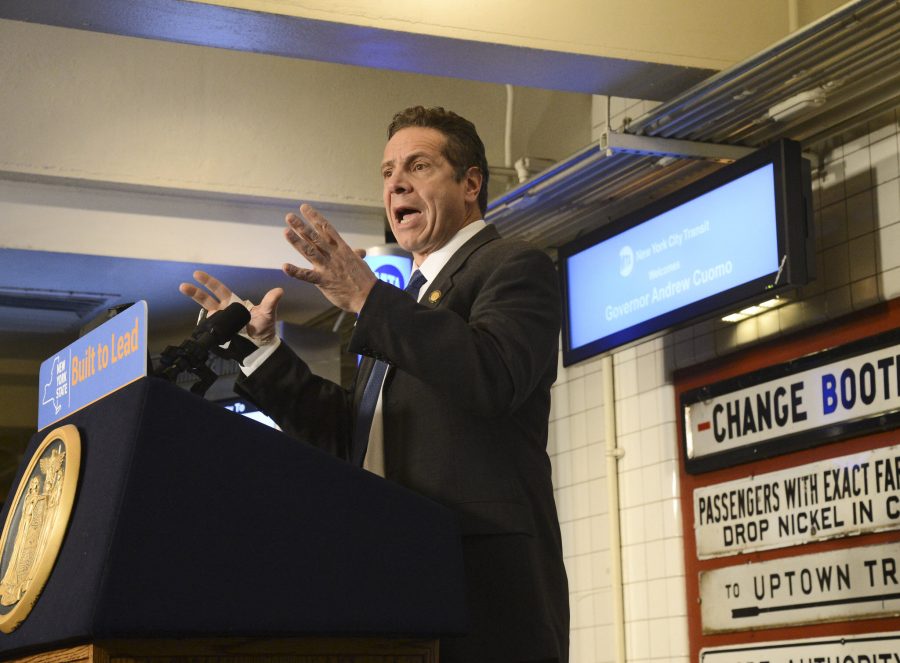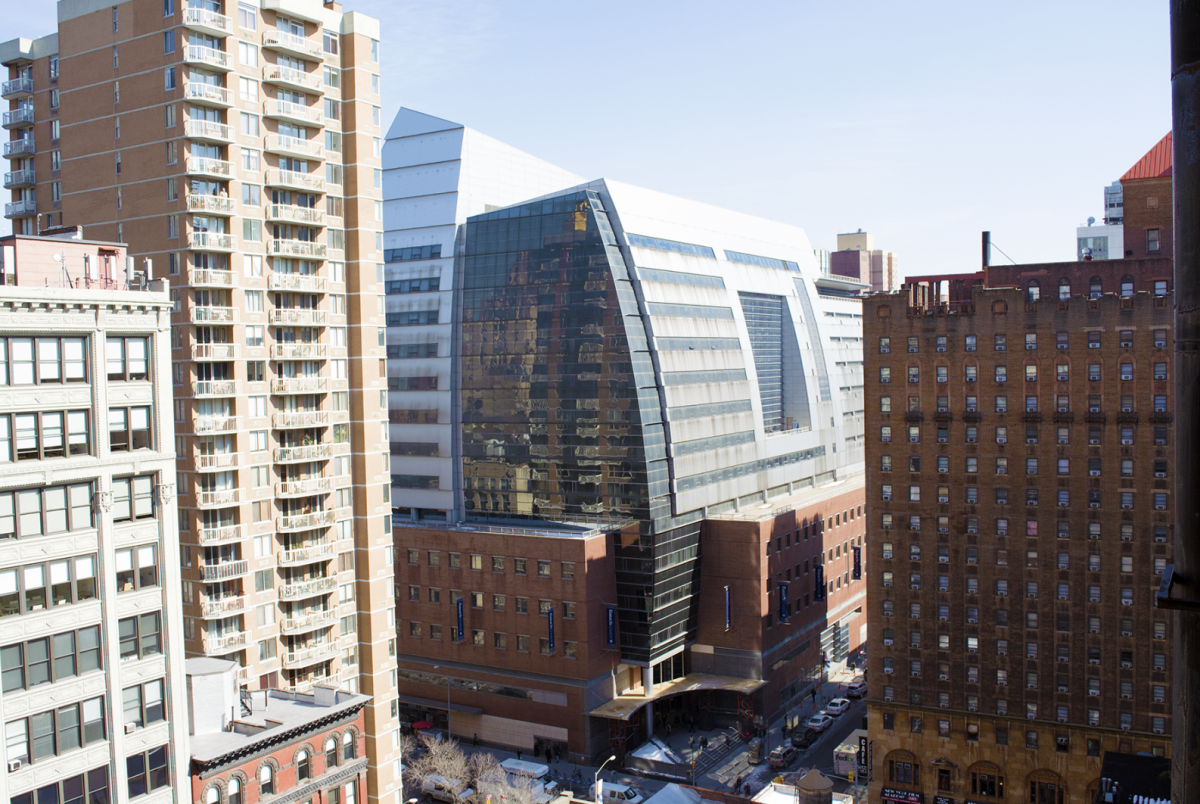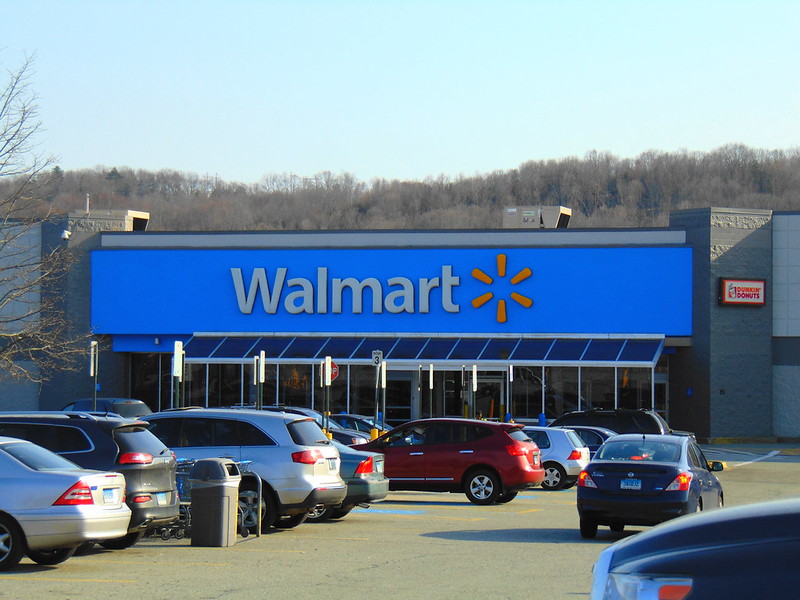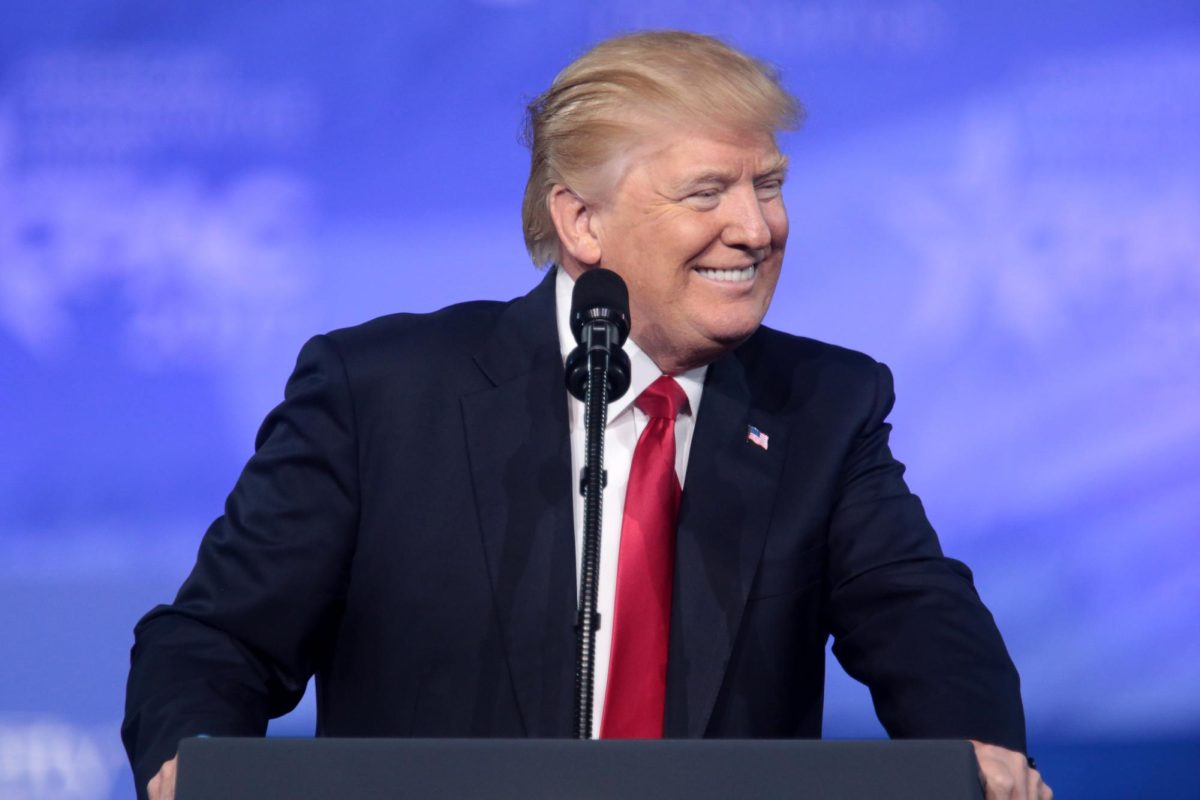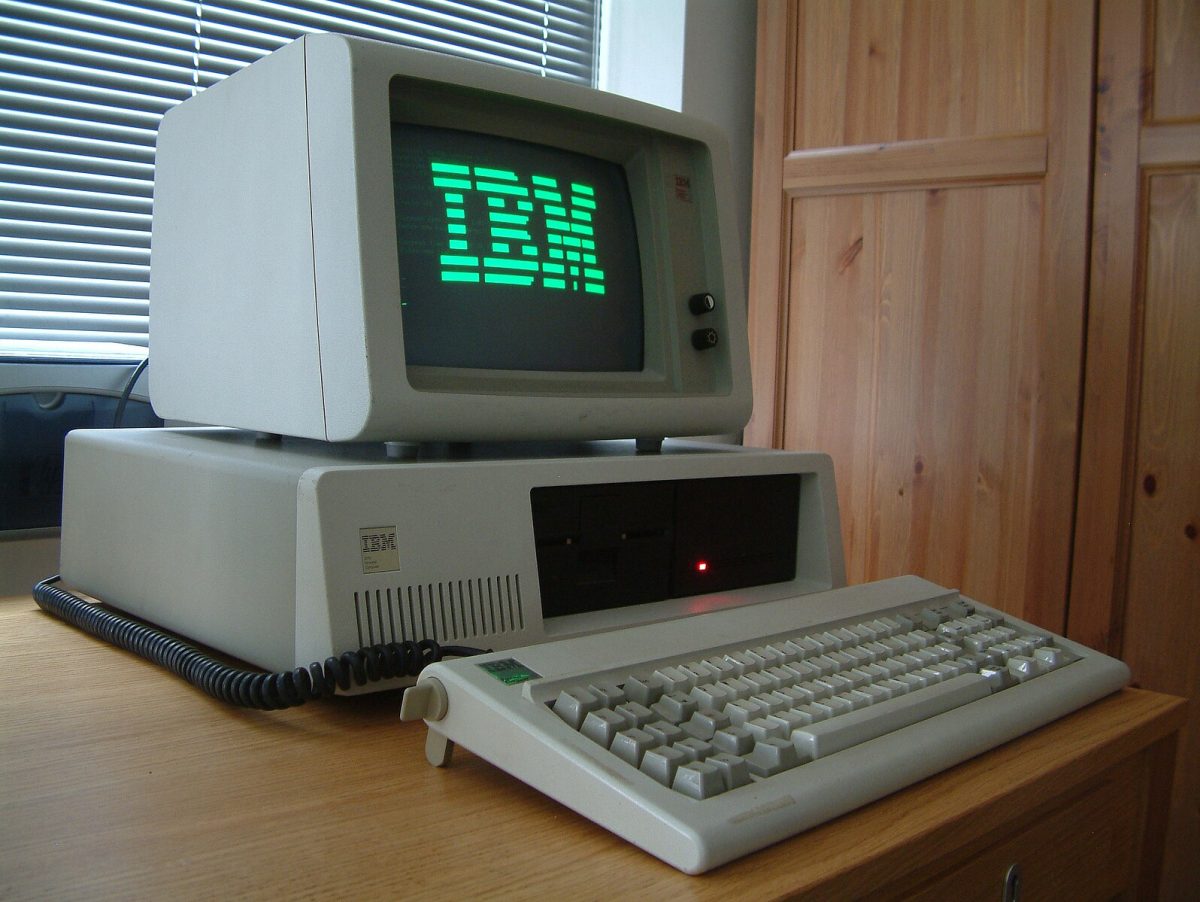Gov. Andrew Cuomo announced schools and nonessential businesses in New York’s virus hot spots, clusters where the virus is spreading at alarming rates, must close by Oct. 9. This was done in an effort to contain the spread of the coronavirus and prevent another shutdown.
The new restrictions and rules implemented in the Cluster Action Initiative focus on areas where the city has seen an increase in cases. In these neighborhoods, like Southern Brooklyn and Central Queens, the closings will be in effect for at least 14 days before the state reevaluates. Although the state-wide positivity rate had remained low at about 1.2%, it has been high in 20 hot spot ZIP codes at approximately 5.5%, according to ABC News.
Clusters have also been found in the outer city, including Orange and Rockland counties. In areas mapped red, the infection rate is high. Areas surrounding the red are mapped as orange, and areas mapped yellow are remaining cautious.
Red zone businesses are the most limited: mass gatherings are prohibited, places of worship are allowed at 25% capacity, schools are remote, restaurants can only do takeout, and all nonessential businesses are closed. This leaves some businesses at risk of closing.
Businesses in orange zones allow 33% capacity for places of worship and gatherings of 10 people maximum. However, high risk nonessential businesses like gyms must close and restaurants are allowed to do outdoor dining.
Yellow zones see more relaxed conditions, as they can have 50% capacity for places of worship. Additionally, businesses can remain open, restaurants can continue both indoor and outdoor dining and schools can remain open. If any businesses that sponsor gatherings violate rules they can be fined up to $15,000.
“This is not a second wave,” Cuomo said when talking about the spikes in cases nationwide. He says the country is “still in the first wave,” but that President Donald Trump is still not taking the pandemic seriously.
Cuomo ordered schools, public and private, in hot spots to start closing on Oct. 7. Some schools were added to the list and now about 124 schools in the Department of Education, which employs thousands of teachers and supports 1,126,501 students, will go remote. This replaced Mayor Bill de Blasio’s initial plan of shutting schools down in just nine ZIP codes.
Unemployment claims are beginning to elevate again and “recovery is slowing down, whether it’s in slowing payroll gains or in the sluggish improvement in jobless claims” for the U.S., said Daniel Zhao, senior economist at Glassdoor, according to The New York Times. The lack of another stimulus package and the closing of businesses is also affecting economic progress.
“It’s going to take the work of all of us now to make sure we don’t go backwards,” Cuomo said in an update on Oct. 10.
In New York City, the seasonally-adjusted unemployment rate was about 16% in August, which is lower than 19.9% from July. Nevertheless, it’s possible that the rate will increase now that businesses and schools have closed as they did with the massive shutdown in March, when the unemployment rate grew from 4.1% to 15.0% in April, according to the U.S. Bureau of Labor Statistics.
If these actions help to lower the positive test rate below 3% for the red and orange zones, schools and businesses can reopen, but if the rate remains the same or increases, closures could last for four weeks, Newsday stated.
Hospitalizations “more than doubled” in the last month, NBC New York reported, and may worsen as we approach the winter and flu season. “The experts all along, have been telling us in the fall the flu comes back, people go indoors, schools open, so you should look for a rise,” Cuomo said.
He suggested that it should calm people that the recently shutdown areas are relatively small, but said they should still remain careful. “There is no one who can say they didn’t see this coming,” Cuomo said. He also explained that places of worship are especially vulnerable sites for the virus to spread, angering the Orthodox Jewish community.
In an effort to express their frustration, members of the community have participated in protests and public officials have spoken out. Sen. Simcha Felder and others have called the restrictions “questionable” and expressed that they feel their religion is being targeted.
Mayor de Blasio urged members of religious communities to comply with the city’s plan “We want to be respectful, but I want to be very clear when the NYPD issues an instruction, as with any other situation in the city or any other protest, if the NYPD issues and instruction, people must follow the instruction,” he said during a press conference.
With the increase in coronavirus cases, Cuomo has also assured New Yorkers that he is not interested in Biden’s proposal to become U.S. Attorney General. Instead, he will focus on helping New York move forward.


